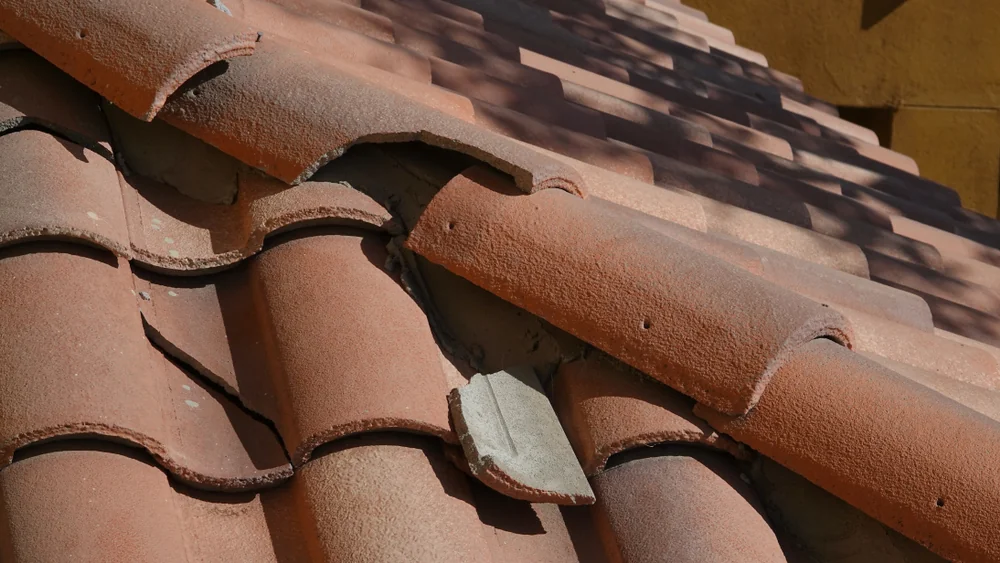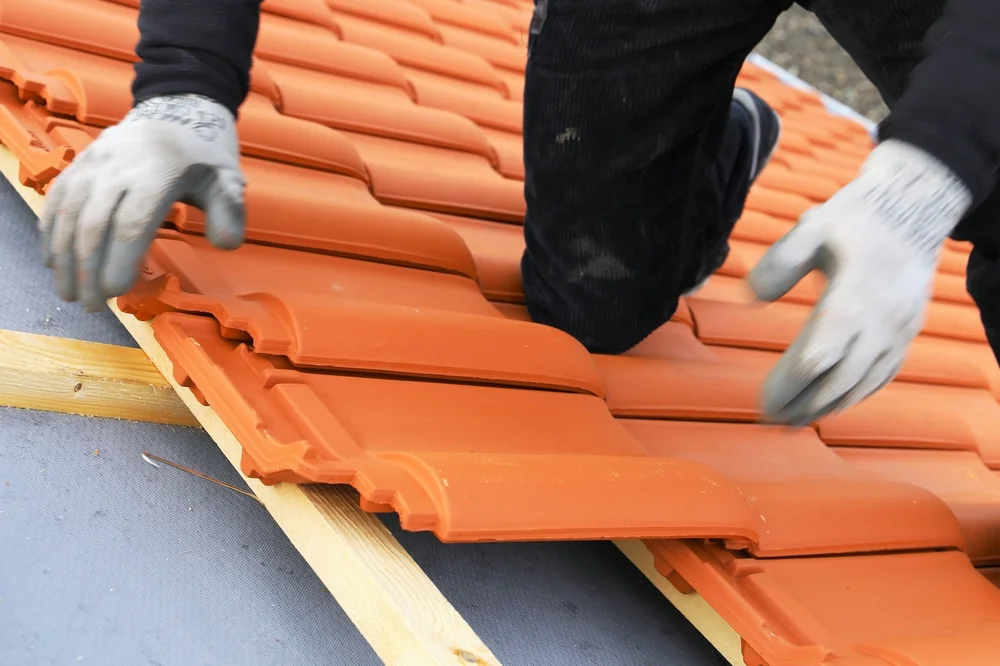Severe weather can transform an otherwise calm evening into a stressful experience for homeowners. High winds or pounding hail and driving rain can compromise even the strongest structure. This can leave behind leaks and structural weaknesses that threaten the safety of your home. Our professionals at Town and Country Roof Restoration understand how overwhelming it can be to deal with damage right after a major storm, which is why modern repair strategies and preventative care are essential to protect your property.
Repairing and strengthening a home after a storm requires more than quick fixes. It involves durable materials and a systematic approach to prevent recurring problems. Many homeowners are now turning to advanced materials and data-driven repair methods that make their roofs more resilient for future events. Whether the damage is visible or hidden beneath the surface, proper post-storm evaluation and professional intervention can help restore both safety and peace of mind.

The first step in protecting your property after roof storm damage in Newcastle is understanding how severe weather can impact your roof and structure. Strong winds or heavy rainfall and hailstones can each cause unique types of damage, which worsens their impact. Homeowners often focus on visible problems, but subtle issues that develop over time can be just as harmful. Recognising these different forms of damage allows professionals to tailor their repair approach and ensure long-term protection.
When strong weather hits, the combination of the elements can leave behind a variety of problems that may worsen if not repaired promptly. Each force affects materials differently, and the overall extent of damage often depends on the roof’s age and prior maintenance history. Knowing what to expect helps homeowners identify issues before they escalate into major structural concerns.
Not all damage is visible from the ground, and what looks intact may conceal small breaches or displaced components. Overlooking these details can result in rising energy bills and weakened structural integrity. Spotting subtle warning signs early allows homeowners to address potential risks before they become expensive repairs.
Sometimes a storm’s impact is too severe to wait for full restoration, especially when ongoing rainfall or leaks pose an immediate threat. Temporary protection such as tarping is often used to prevent additional water intrusion and reduce further deterioration before professional repair begins. Acting quickly can help preserve the structure’s integrity while insurance and materials are being organised.

Advancements in materials science and construction practices have dramatically changed how damaged roofs are repaired after storms. Traditional materials that were once standard are now being replaced with high-performance steel, tile, and composite systems designed to withstand severe Australian weather. The goal is not only to fix what has been broken but also to strengthen the structure for future conditions. These innovations have become key to reducing maintenance costs and extending the lifespan of residential properties.
Modern materials such as Colorbond steel, reinforced concrete tiles, and polymer-coated metal panels have become a preferred choice for homes frequently affected by hail and high winds. These materials are rigorously tested to resist cracking, denting, and corrosion, even under extreme conditions. Their advanced coatings and structural flexibility allow them to absorb impact and protect against water ingress.
Many homeowners face the decision between quick patch repairs and complete restoration, especially when balancing costs with urgency. While temporary fixes can be effective for minor damage, long-term performance often depends on how well the structural components are addressed. The choice should consider both the extent of damage and the home’s overall age and construction quality.
Technology has revolutionised the way professionals assess and maintain roof performance after severe weather. Thermal imaging and smart monitoring systems can now detect trapped moisture and hidden defects that may not be visible during standard inspections. These tools enable more accurate diagnosis and efficient planning for repairs or upgrades.
Dealing with insurance and emergency services after a storm can be just as stressful as the physical damage itself. Many homeowners are unfamiliar with the process, from filing claims to meeting safety requirements before work begins. Understanding how local insurance providers handle post-storm situations can speed up the recovery process and reduce financial strain. Clear documentation and professional assessments all play critical roles in achieving a smooth resolution.
Filing an insurance claim after a major storm involves several important steps that determine how quickly and effectively repairs can begin. Accurate records and professional reports are essential to ensure coverage approval and avoid disputes. Homeowners who act fast and stay organised typically experience fewer delays and smoother reimbursement.
Inspecting your roof after a storm can be risky if done without proper equipment or experience. Loose debris and structural instability are common hazards that can lead to injury. Following safety guidelines and seeking professional help whenever possible helps minimise risk.
Restoring your home after a severe storm is more than just a repair job but an opportunity to build back stronger and more resilient than before. With advanced inspection tools and experienced professionals using modern materials, homeowners can enjoy greater peace of mind knowing their property is prepared for whatever weather comes next. Acting promptly and prioritising long-term quality over short-term fixes are key steps to safeguarding your investment.
Town and Country Roof Restoration takes pride in helping homeowners rebuild with confidence through durable solutions and personalised service. From emergency response to complete restoration, our team focuses on delivering protection that lasts. By combining traditional craftsmanship with modern innovation, we ensure every project enhances both safety and value for years to come.